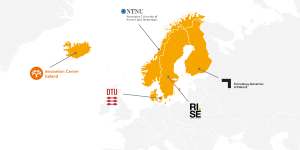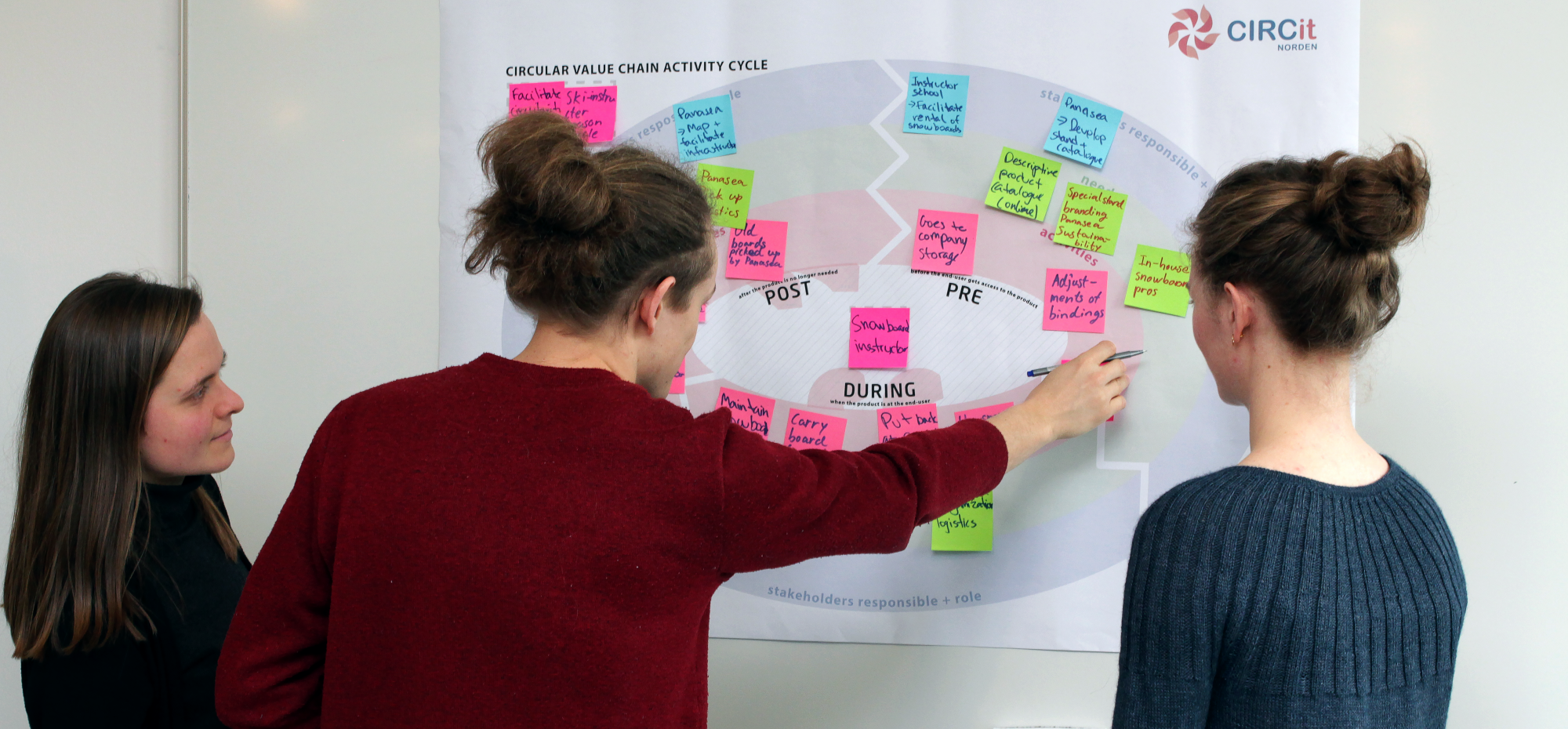Introduction to CIRCit
The CIRCit research project project ran for five years (2017-2021), spanning the five Nordic countries, Denmark, Norway, Finland, Iceland and Sweden. Using a number of action research methods, CIRCit’s objective was to support the Nordic industry to discover and implement the opportunities of Circular Economy, through the development, testing and implementation of science-based tools.

What is Circular Economy?
Circular Economy is a concept, based on the principle of decoupling value creation from resource consumption. The basic idea of Circular Economy is to move away from the so-called linear mindset, where value creation is based on the ‘take-make-use-dispose’ dogma. Circular Economy has the potential to achieve maximum value by increasing resource productivity, enhancing energy efficiency, lowering resource consumption and decreasing waste. To do this, we should continue to extract value from resources for as long as possible, by extending their productive lifetimes. This means, for example, increasingly enjoying product and service offerings that are not necessarily based on one-time ownership, and not necessarily based on single-lifetime products.

Making the transition
The basic concept of Circular Economy is easy to grasp for many. It is appealing from a business perspective, as it connects good business sense to good environmental stewardship. After all, which business would not like to reduce the consumption of cardboard boxes in internal production shipping; fully utilise its logistics capacity; or make its product easier to produce, maintain and upgrade?
The tricky part for many companies, however, is in knowing which steps to take first. How ready is your customer and the market in general, to embrace circularity and what role can your company play? Are there drivers or barriers to be found in the way in which regulations are composed in your area of operation – and if so, are there ways of exploiting the drivers or removing the barriers? Should we design the product for upgrade, or should we develop a new business for leasing? Should we make a new partnership for materials sourcing, or should we be better at monitoring our product in-use? As with many new phenomena and business trends, it is often easier to admire and envy the existing good case examples than it is to actually get started on the journey within one’s own business.

